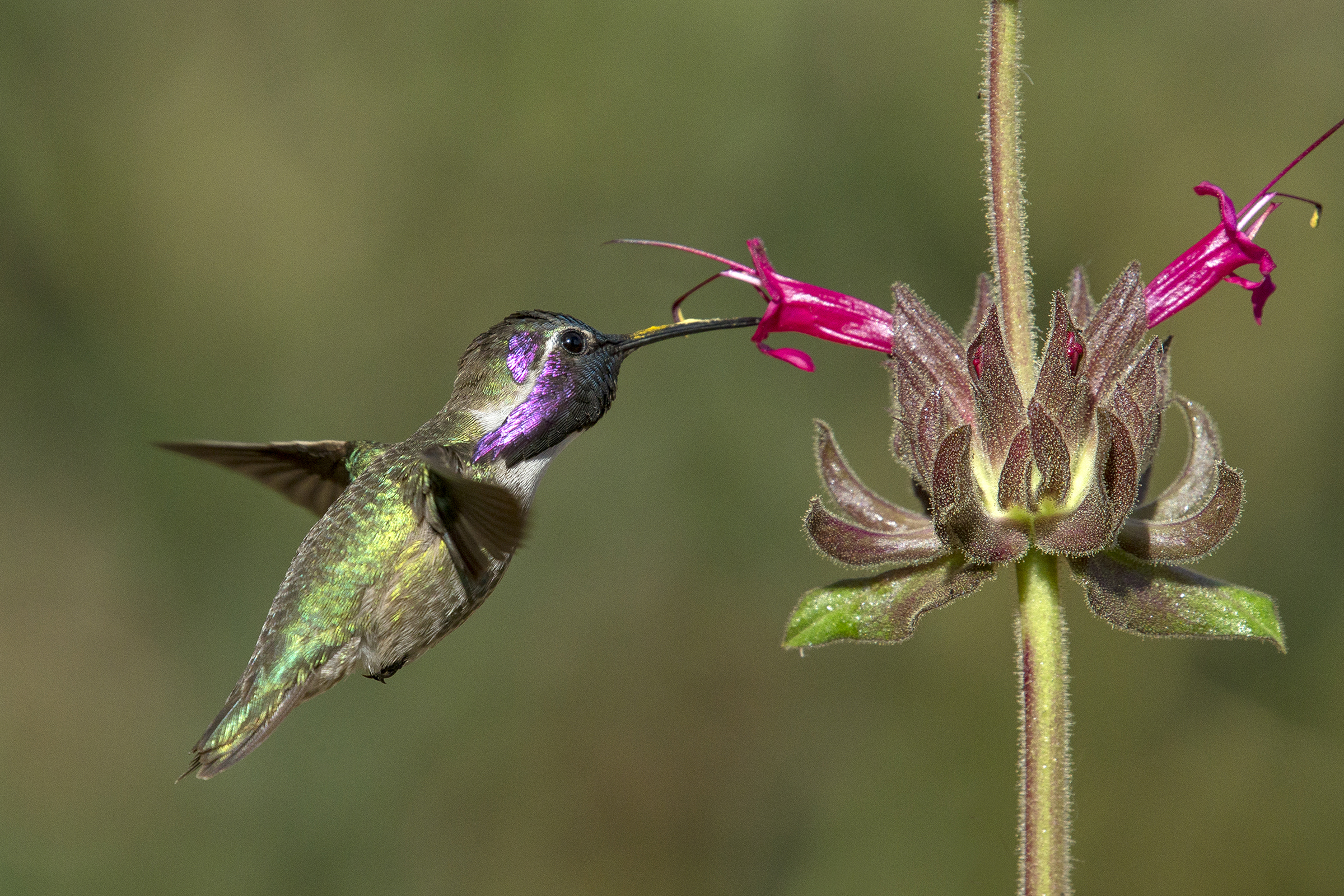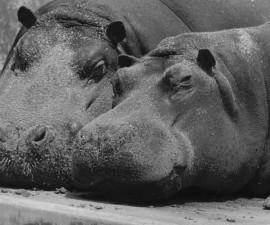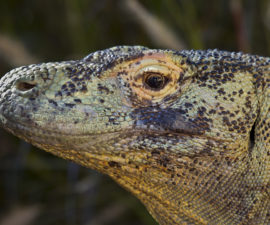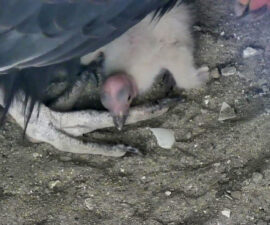BY Wendy Perkins
Photography by Tammy Spratt
For many types of flowering plants, their genetic success—in the form of future generations—depends on drawing the attention and help of animal pollinators. Color is well understood to attract certain types of pollinators, and that is why blossoms come in a bountiful range of hues. Less pondered is the role the shape of a plant’s blossom plays in enabling—or preventing—pollination. The idea that “form follows function” is easily observed when one stops to not just smell, but see, the flowers.
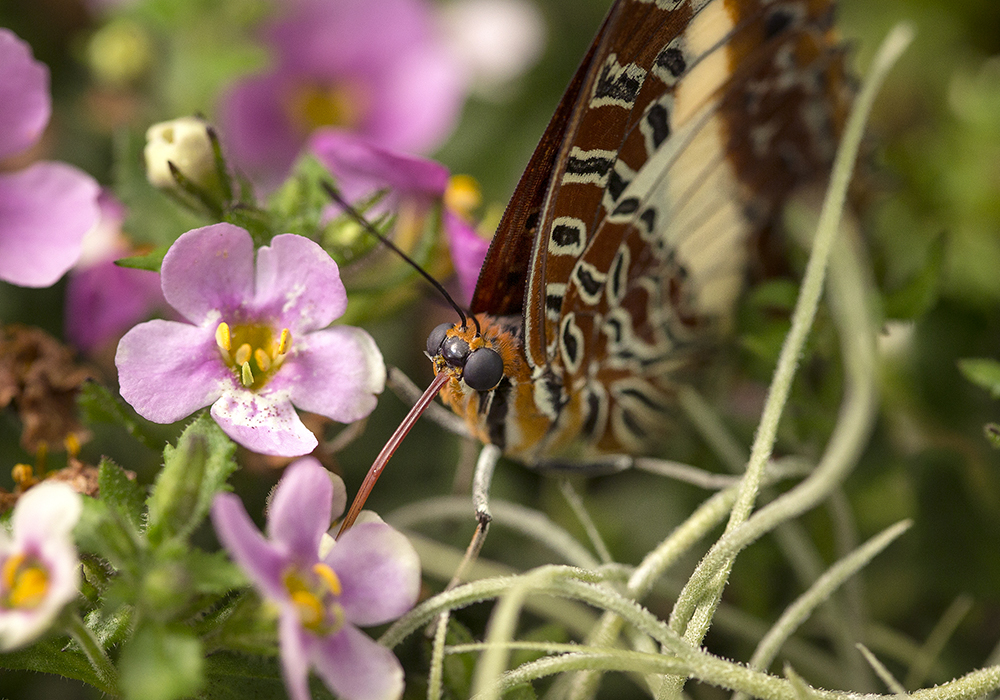
USER INTERFACE
The arrangement and structure of petals can ward off or welcome potential pollinators. For butterflies, a “landing pad” and/or feeding platform is on their shopping list.
Flowers have two major methods of attracting pollinators: color and scent. Daytime pollinators are flagged down by the former, while nighttime pollinators are lured by the latter. Once drawn in, however, the animal may have easy access to the nectar (the main “prize”) or may face a challenge, depending on the shape of the blossom.
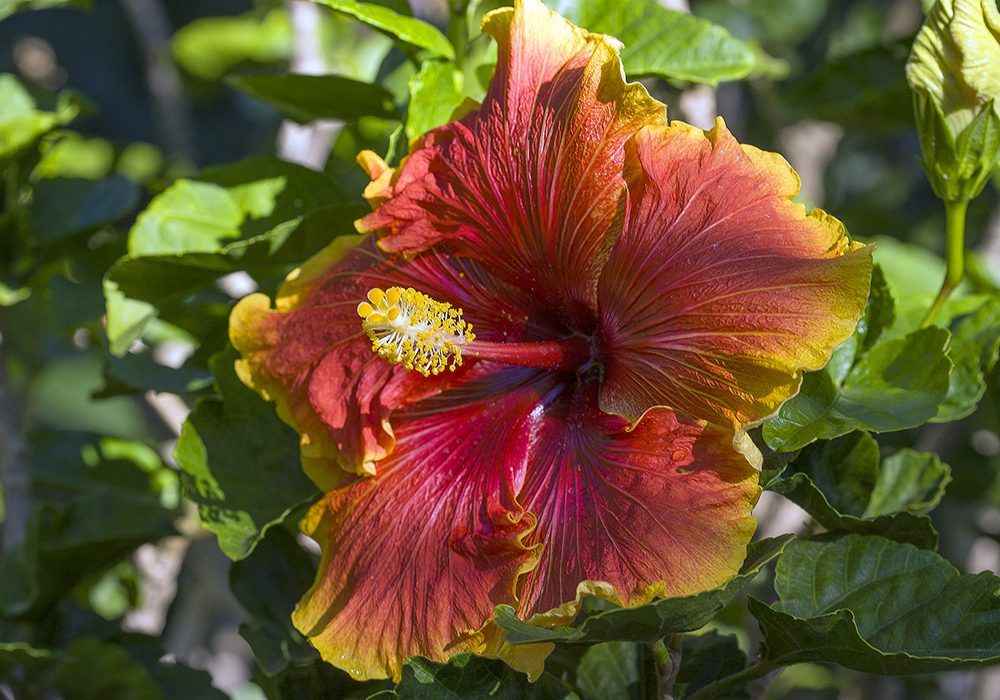
OPEN FOR BUSINESS
Placement of the anthers, pistils, and nectary are key factors in which animals pollinate flowers. The open structure of a hibiscus blossom encourages a large variety of nectar seekers to “come on in.”
The form of a flower’s corolla and arrangement of the petals can favor some pollinators while discouraging others. The reproductive organs of a plant are its anthers (the male, pollen-producing part) and pistils (the female, ovule structure). Their position in relation to the corolla in some flowers allows only specific animals to enter and be rewarded. Certain pollinators are a better fit for specific flower shapes, while other types of blooms seem to have an all-access welcome mat.
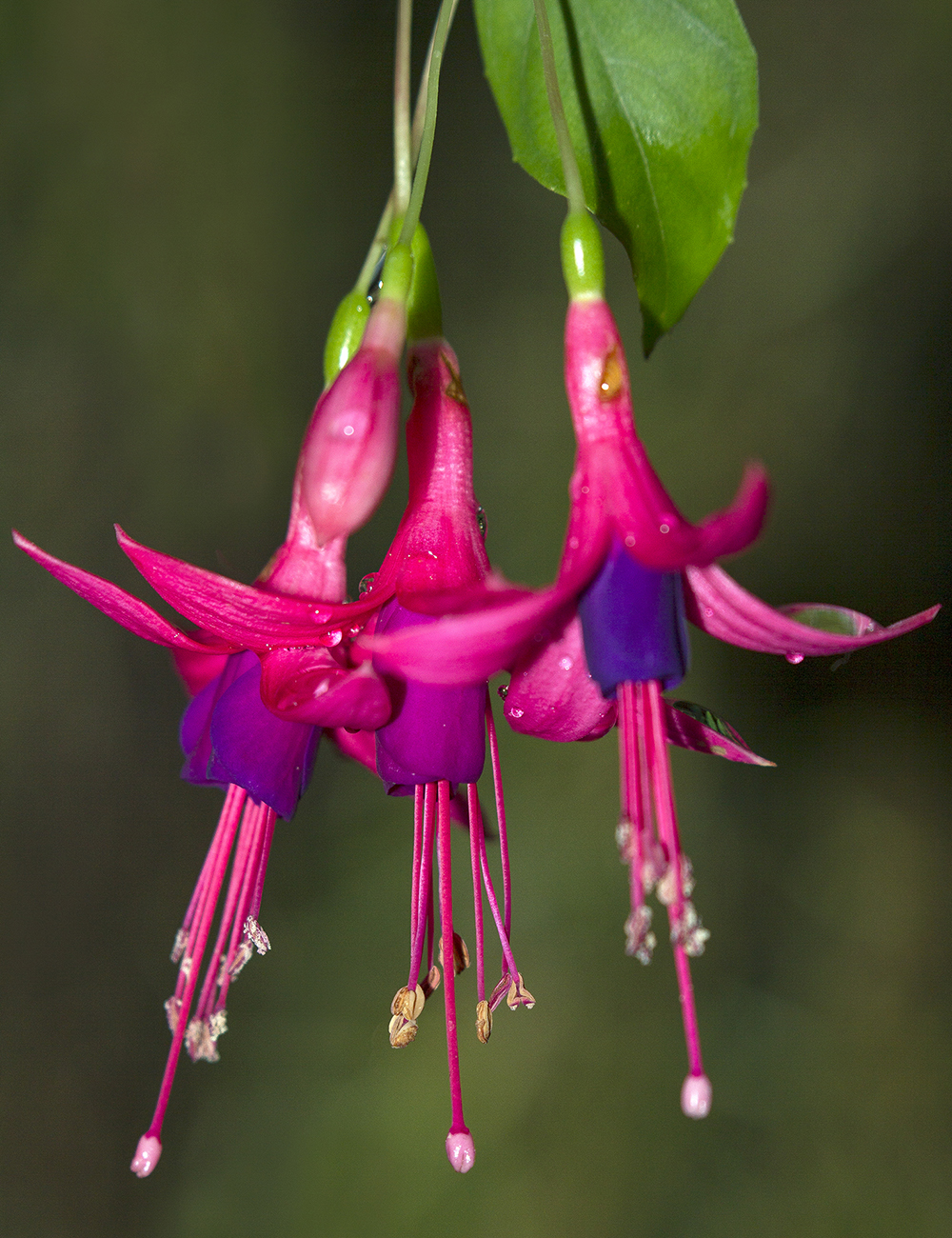
LIMITED ACCESS
A deep-set nectary, tubular corolla, and hanging placement make fuschia flowers a challenge for many would-be pollinators. However, the same factors fit the bill for the adaptations of hovering, long-tongued hummingbirds.
Trumpets and Banners
Tubular flowers, like those of fuschias, morning glories, and daffodils, can be a “no-go” zone for many pollinators. Yet, hummingbirds have it figured out. The bird’s hovering ability allows it to visit, sip, and zip to the next flower quite efficiently. In fact, the most distinctive feature of a hummingbird-pollinated flower is its shape. A long, narrow, central tube, called a trumpet in botanical terms, forces a hummer to stick its long beak inside, brushing its head or body against the flower’s reproductive organs. These flowers often droop or hang pendulously, and have modified petals that accommodate the hover feeding activity of the bird. You will rarely see large landing areas or elongated petals on hummingbird-pollinated flowers.
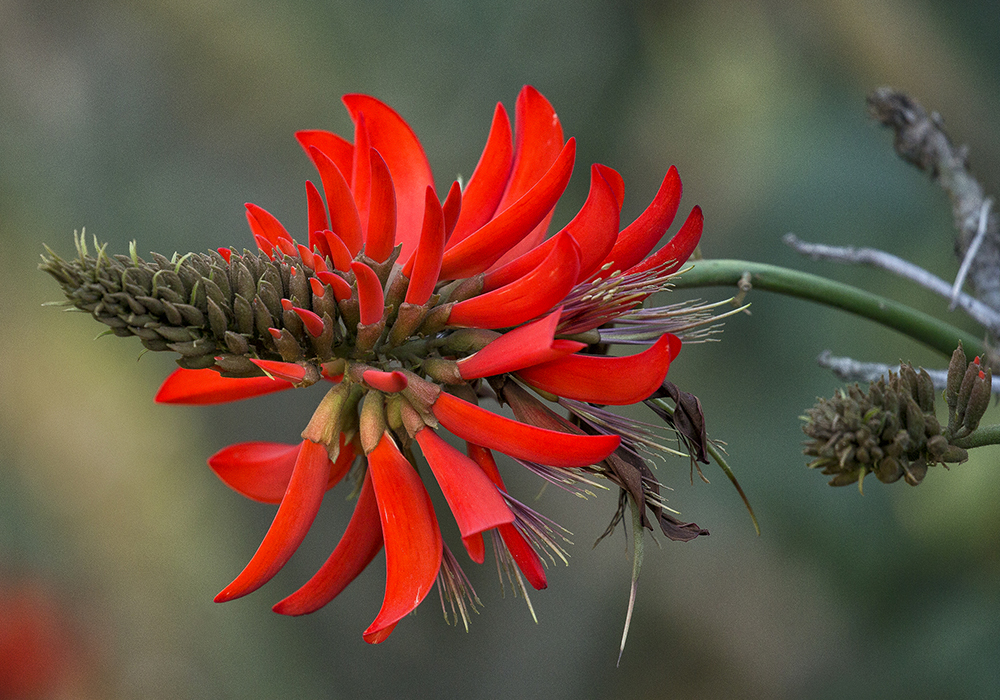
ABUNDANT OPTIONS
The banner-form blossoms of Erythrina sykesii are popular with perching birds.
In some types of plants, the flower shape varies based on geography. Among coral trees Erythrina, New World species have tubular flowers that are a fine fit for the voracious feeding habits of hummingbirds. Yet in the Old World, where there are no hummingbirds, Erythrina blossoms bear open flowers with a wide petal called a banner. This form is perfect for the hungry perching birds that frequent the trees there. The broad structure gives the bird a platform to rest on as it goes after the nectar.
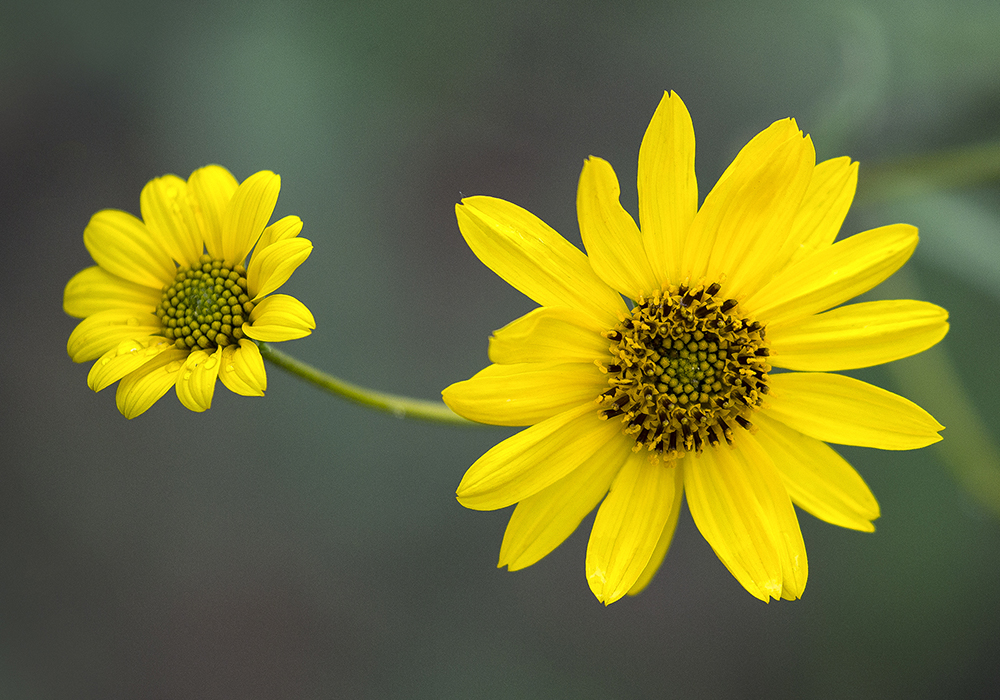
DISC-GO!
The center disc of daisies (and their relatives) is composed of many smaller flowers, each with a short, narrow nectar tube—an easy-feeding spot.
Lounge and Lunch
A plant that offers a place for a pollinator to settle in to feed is a boon to a number of birds and insects. Butterflies do not hover, so they need a landing area on a plant with sturdy stems. A flat center disc, with or without interior petals, is a perfect landing platform and dining area. Compound blossoms, like those in members of the daisy family Asteraceae, are popular with bees and butterflies for just this reason.
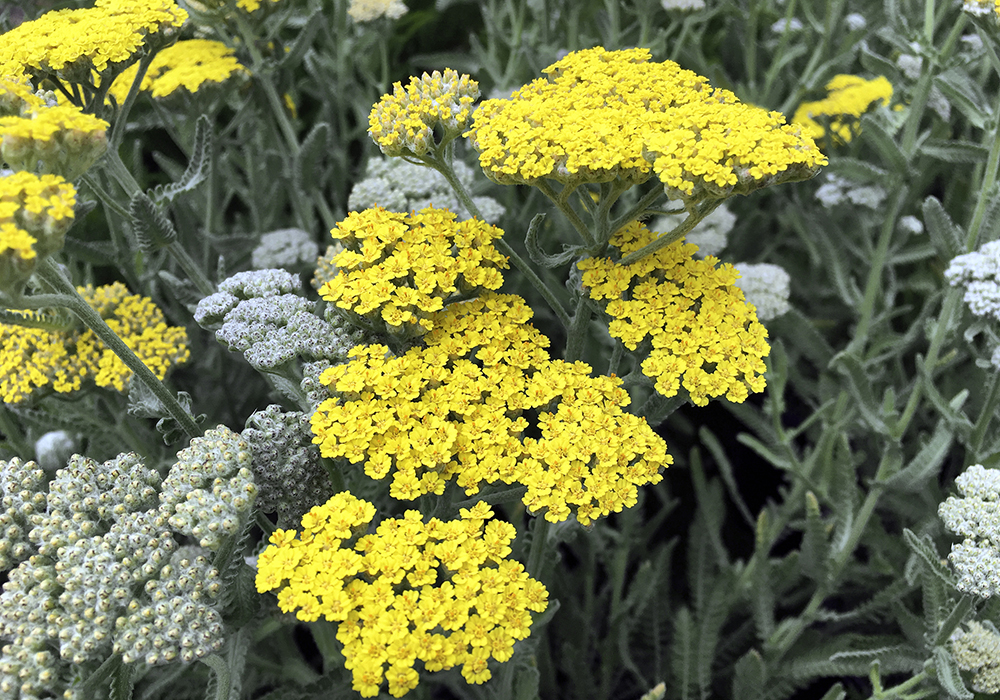
HUMBLE UMBEL
An infloresence that takes on an umbrella shape is called an umbel—a form from which butterflies are fond of feeding.
This “landing pad” structure takes many forms. In the Asteraceae, some flowers have florets so tiny and tightly arranged that certain pollinators, like bees, can’t squeeze in to reach the nectar. Sunflowers, however, have bigger, more loosely spaced florets, making them popular with bees. Yarrow Achillea millefolium is another compound flower that welcomes butterflies with a sturdy spot to “belly up” and drink their fill. Butterflies and moths also frequent flowers that are small and round with short tubular centers. The insects are able to extend their proboscis into the tube and take up nectar while resting on the flower stalk.
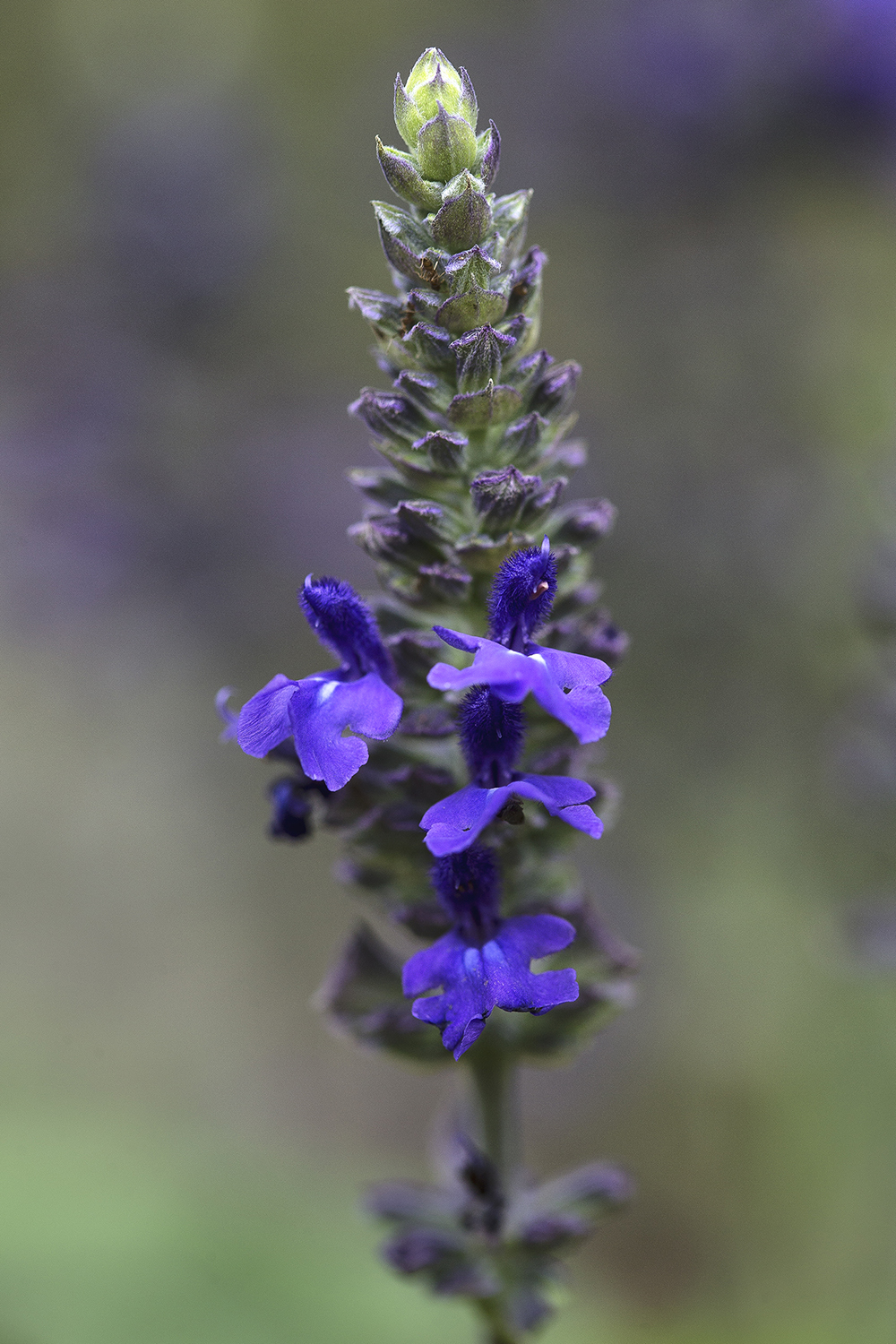
SOMETHING DIFFERENT
Sage plants produce non-symmetrical petals, a botanic form known as zygomorphic. In human architecture, assymetry is used to create an eye-catching effect; that seems to apply to flowers, too.
Challenges and “Cheats”
Snapdragons make most pollinators work for their meal. As many children (and former children) know, nimble-fingered humans can make the “mouth” of a snapdragon open and close by pinching it laterally. It’s more challenging for insects to get past the snapped-shut petals.
Generally, a pollinator must be the right weight to draw down the lower petal when it lands upon the flower. Bumblebees are one of the most common winners in this situation. Once open, the bumblebee enters to drink the nectar, becoming dusted with pollen as it moves about. Interestingly, honeybees don’t weigh enough to open the portal. However, sometimes another insect chews a hole in the side of the flower, which allows the lighter bee to rob nectar without helping with pollination.
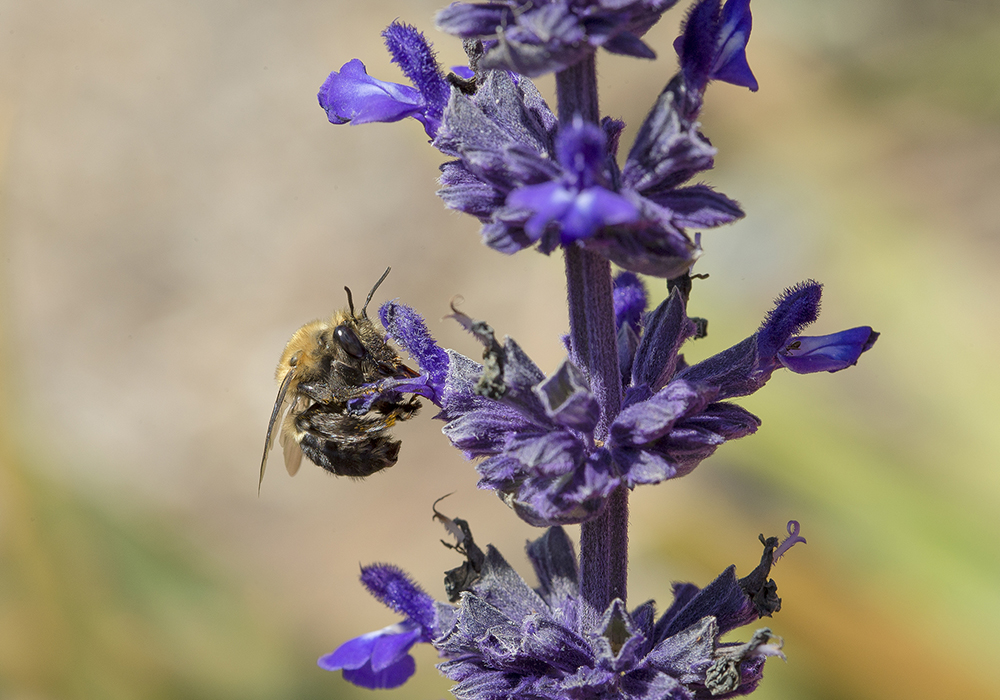
CHALLENGE ACCEPTED
A bee uses the petal lip as a perch. Steadying itself on the edge, it can now reach the nectar deep inside the small blossom.
The blossoms found on tomato, pepper, and borage plants require pollinators with special skills that go beyond heft. The stamens of these flowers form a central cone that only releases pollen when the flower is shaken. Only two types of bees—bumblebees and Anthophora bees—have what it takes. These bees grab the petals and vibrate their wings at a specific frequency.
At first glance, many sage Salvia blossoms seem like they, too, would require an animal to have special skills to feed from them, but there is a “cheat code” in their design. Look closely, and you’ll find the flowers have a small lip at the front. A bee can use that lip as a landing platform, then push its head in to reach the nectar. In this case, what seems to be a deterrent actually gives certain pollinators an advantage. On the other hand, there are flowers that seem to be open—figuratively and literally—to most any pollinator that stops by.
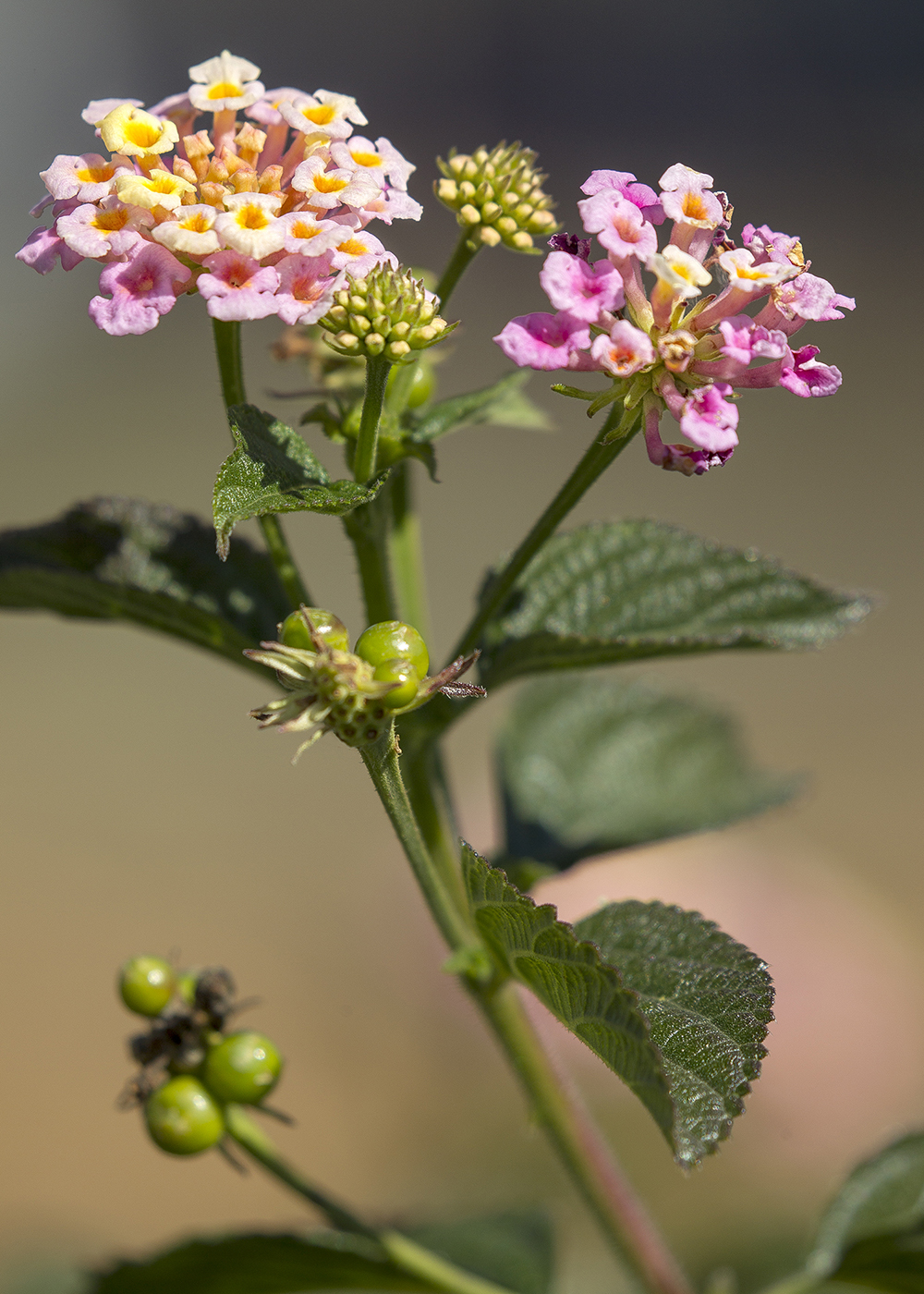
WELL-STOCKED
A lantana infloresence offers many chances to pick up nectar. As a result, these flowers are visited by hummingbirds, bees, buterflies and some crawling insects.
Come One, Come All
The parasol-shaped infloresence of lantana, dill, and carrots offer structures to rest upon while feeding, as well as lots of little blooms to access. Hoverflies, tiny beetles, bees, butterflies, and yes, even hummingbirds are often seen getting a pick-me-up from these “umbel” flowers. Even more welcoming are open, bowl-shaped blossoms—think poppies, roses, hibiscus, peonies, and tulips. Petals akimbo, they advertise their pollen freely. There is no “test” to pass to access the nectar of these flowers. If a creature can touch down, it is welcome to feed—and take a dose of pollen along when it leaves.
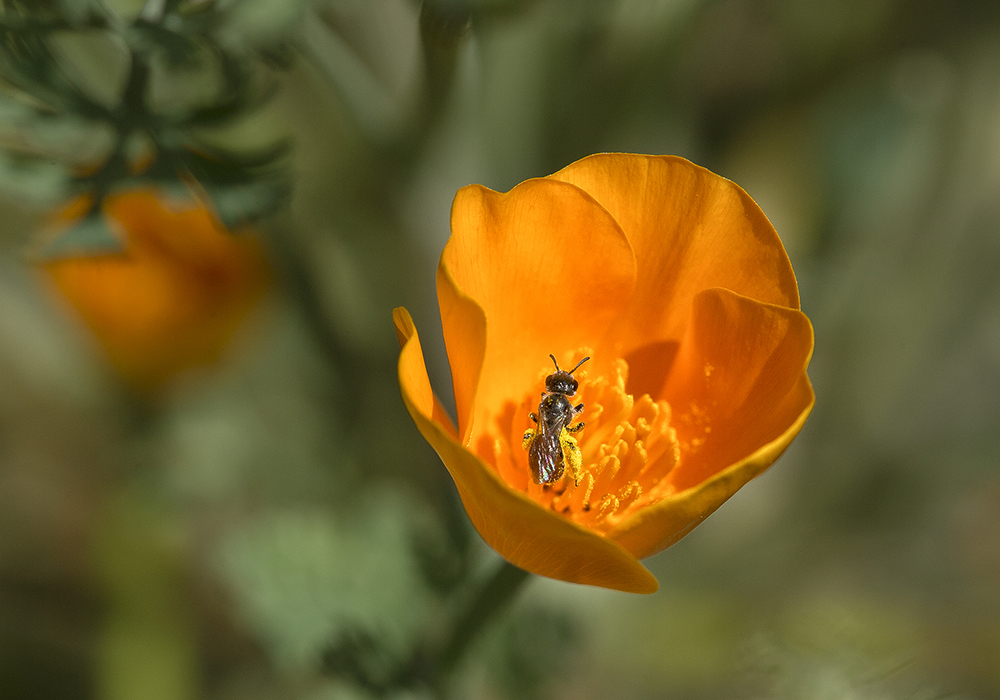
ALL-ACCESS
This bee has hit the jackpot in this California poppy Eschscholzia californica flower. The open-bowl structure gives easy access to both the blosssom’s nectar and pollen.
Is one structural strategy better than another? Perhaps not. After all, just one look at the flowers thriving around you shows that the floral form of each plant seems to function just fine. The proof is in the petals.

